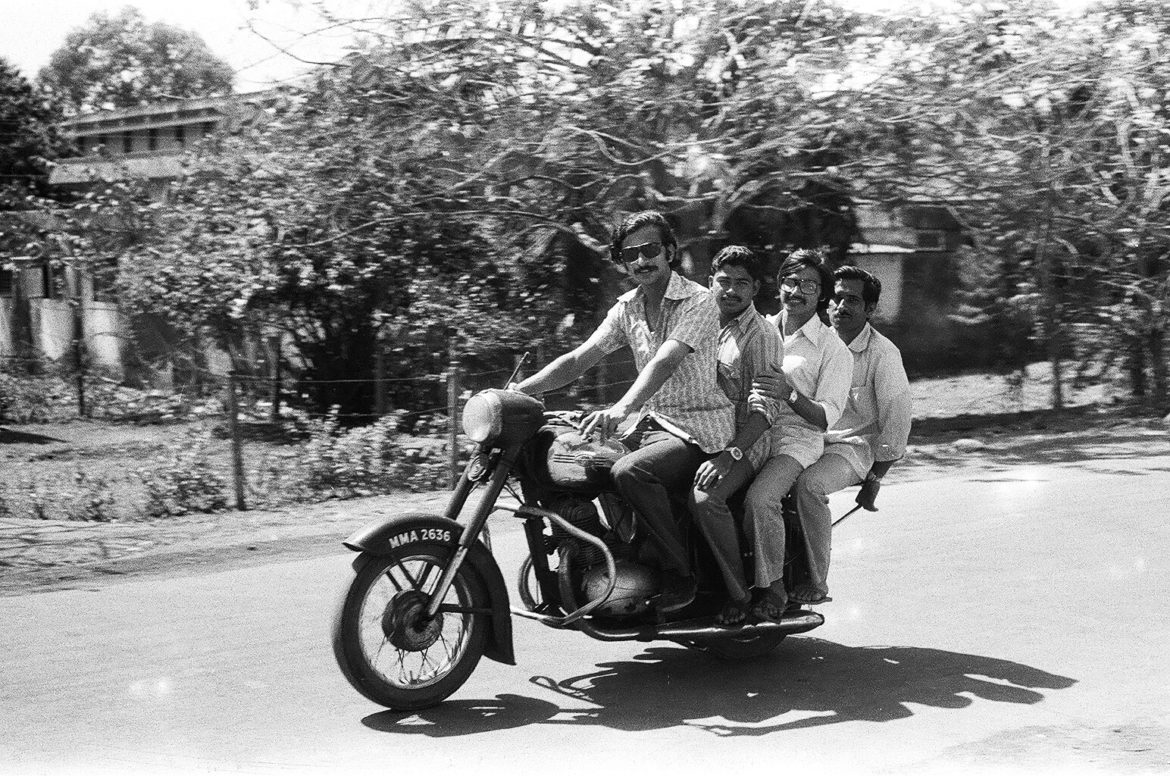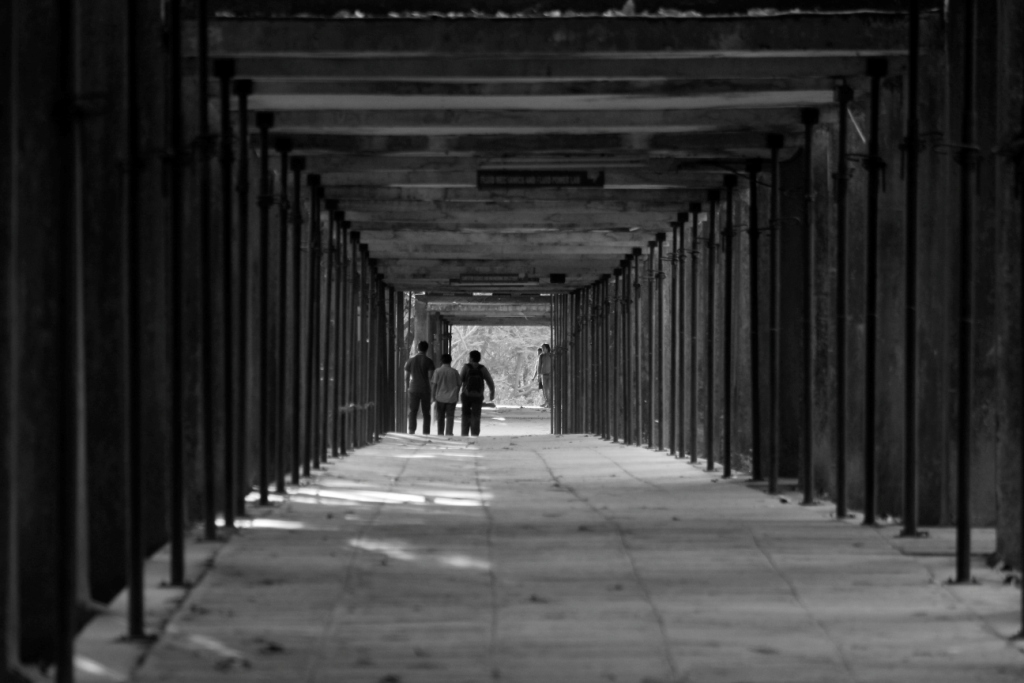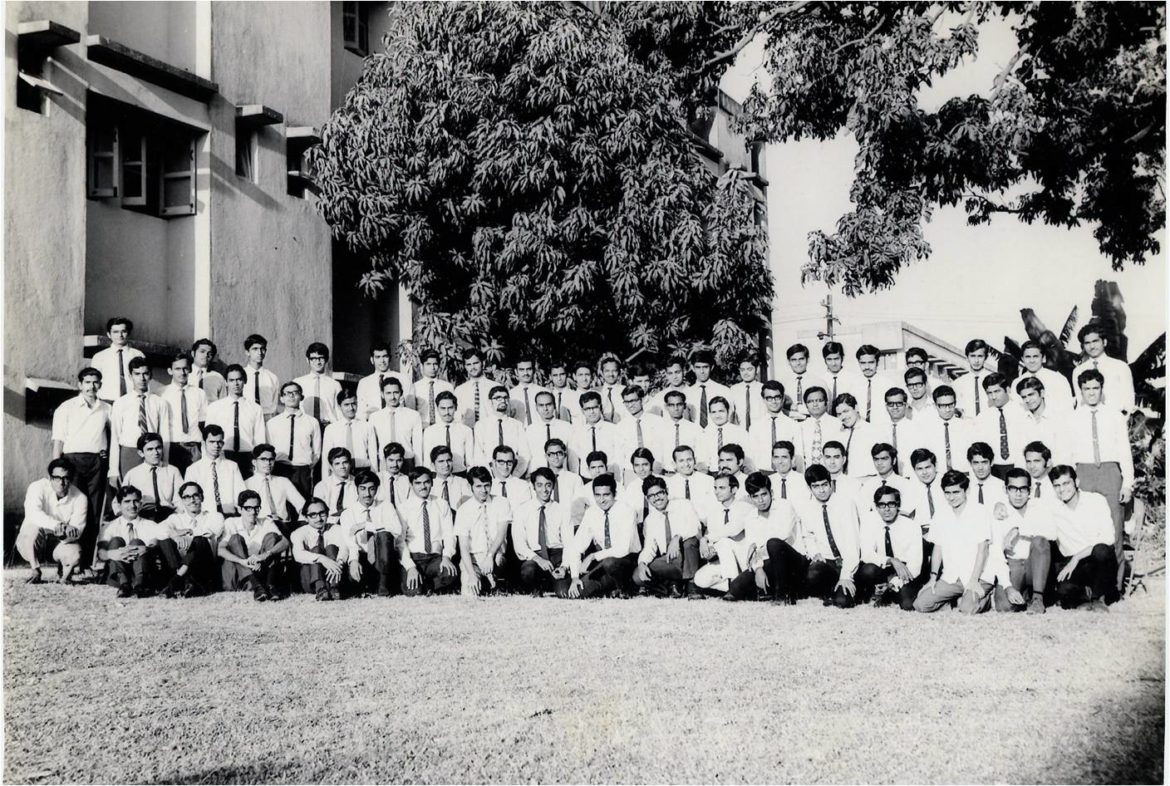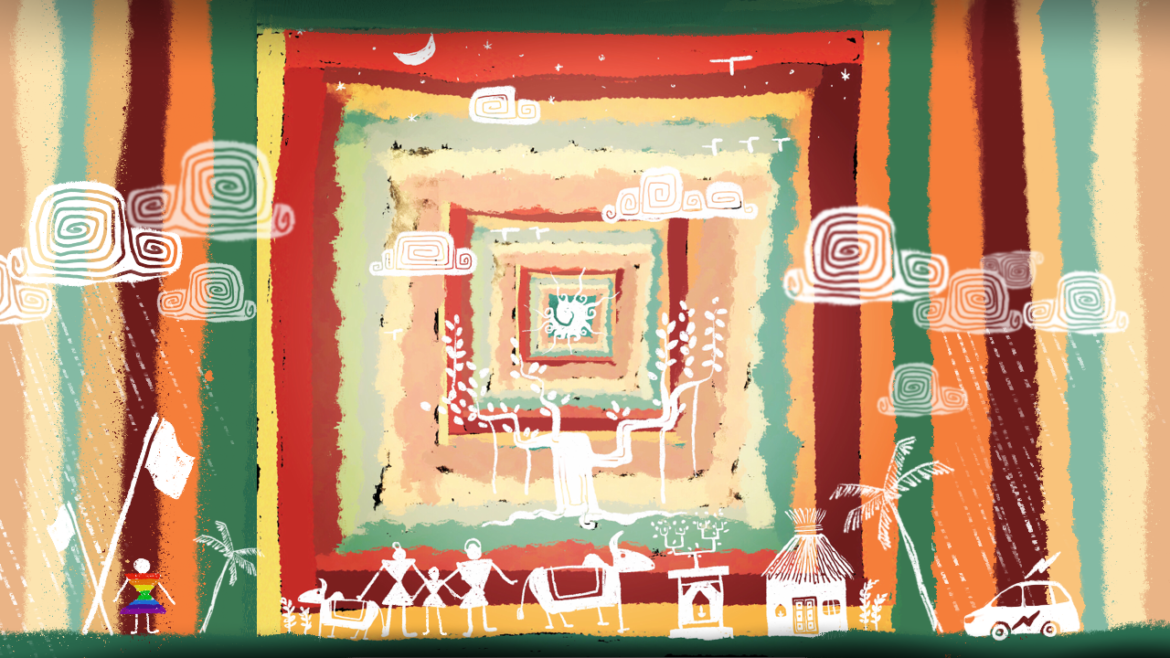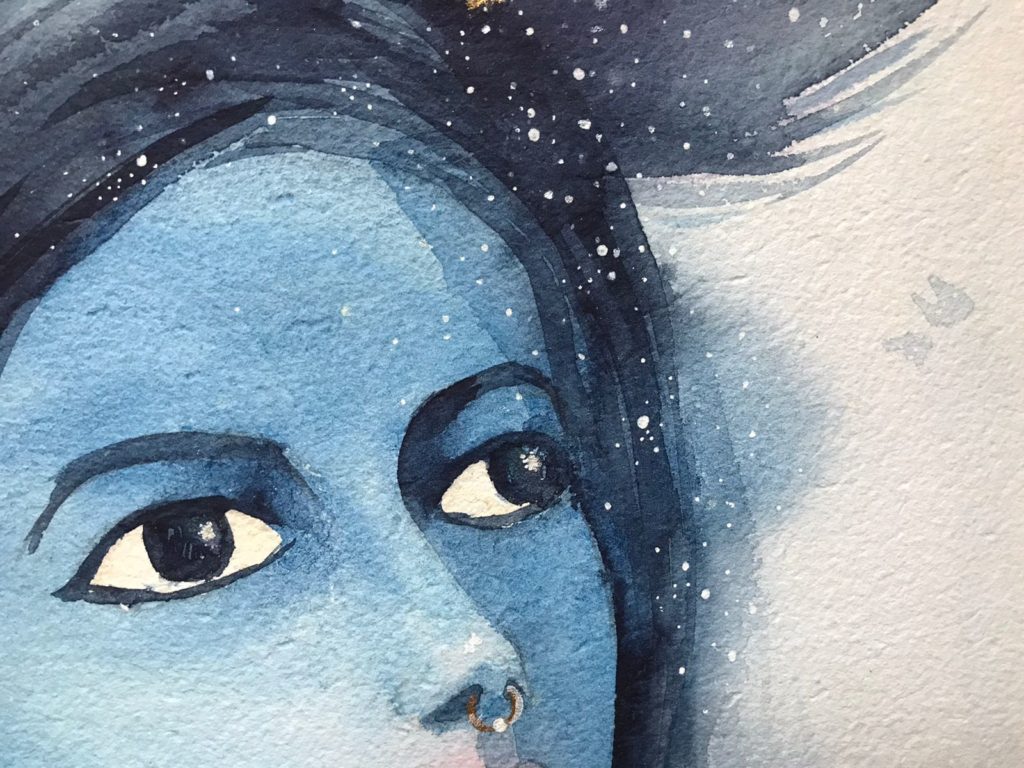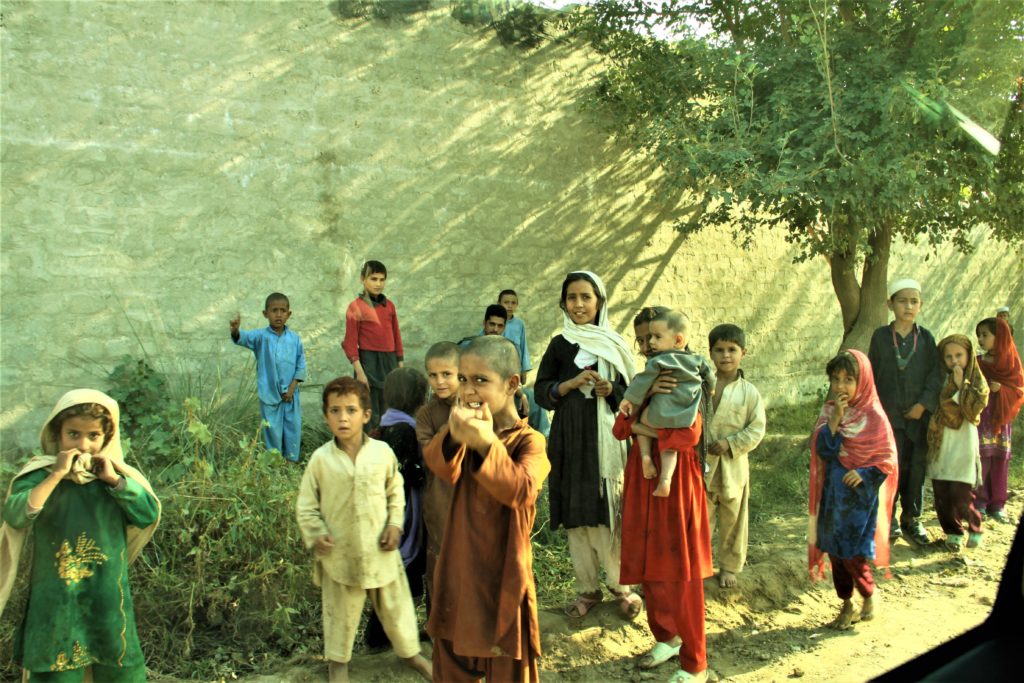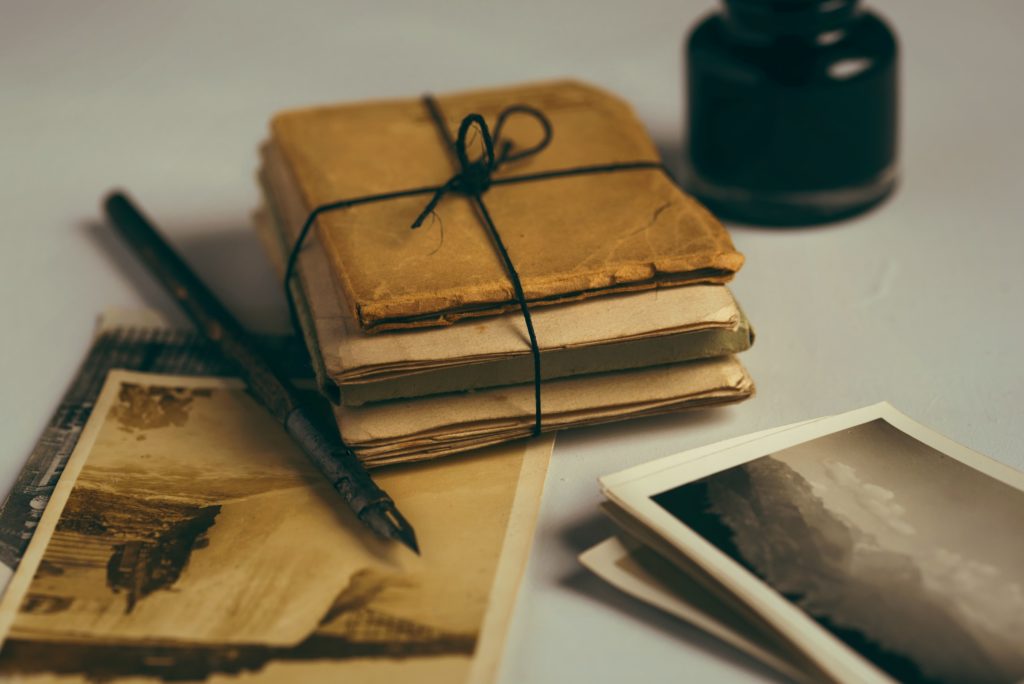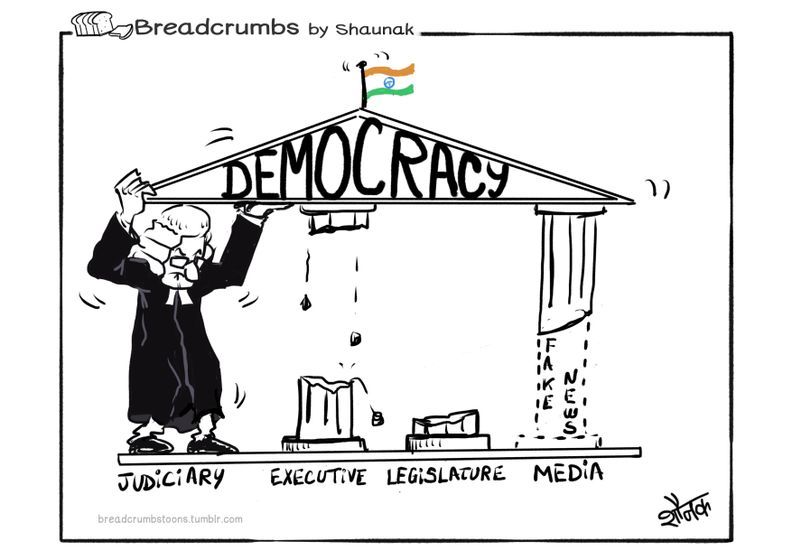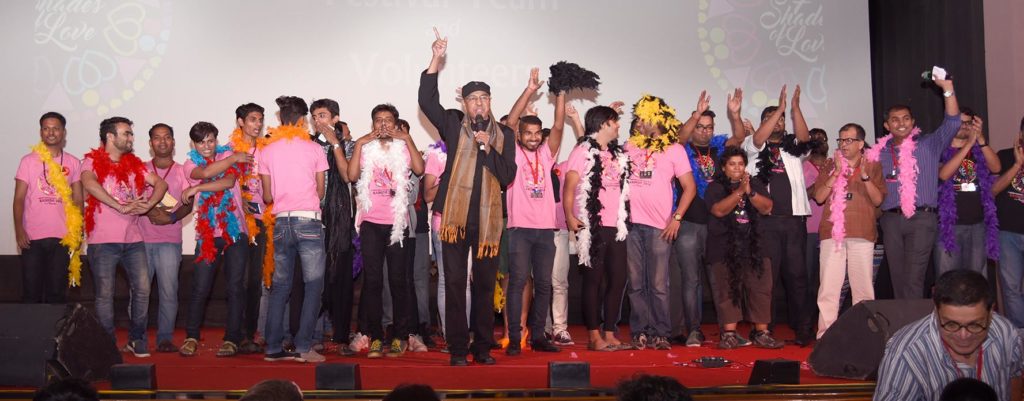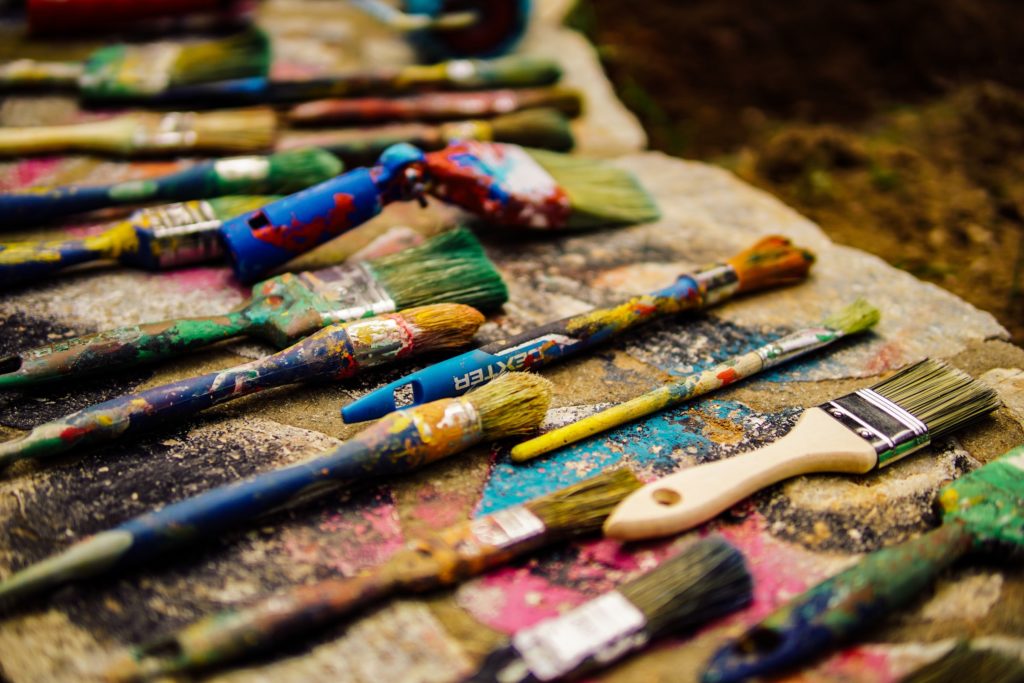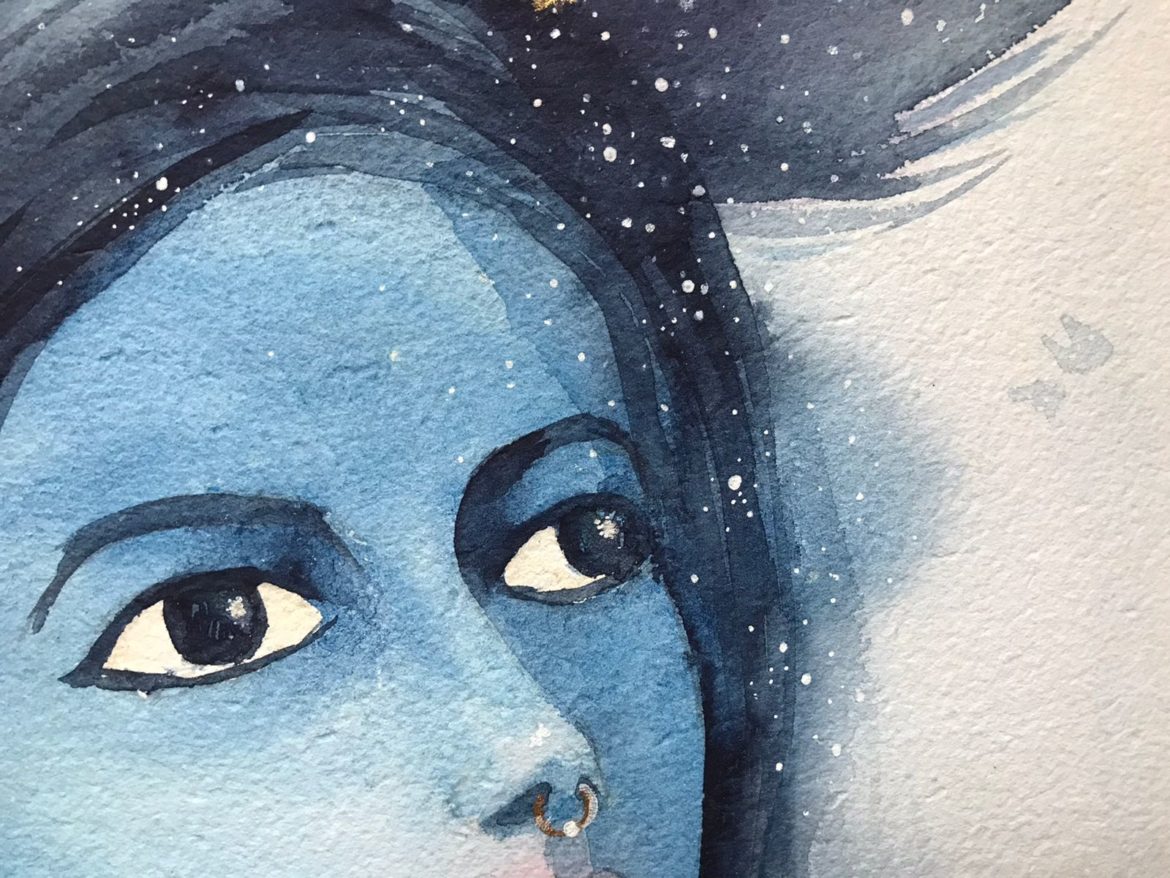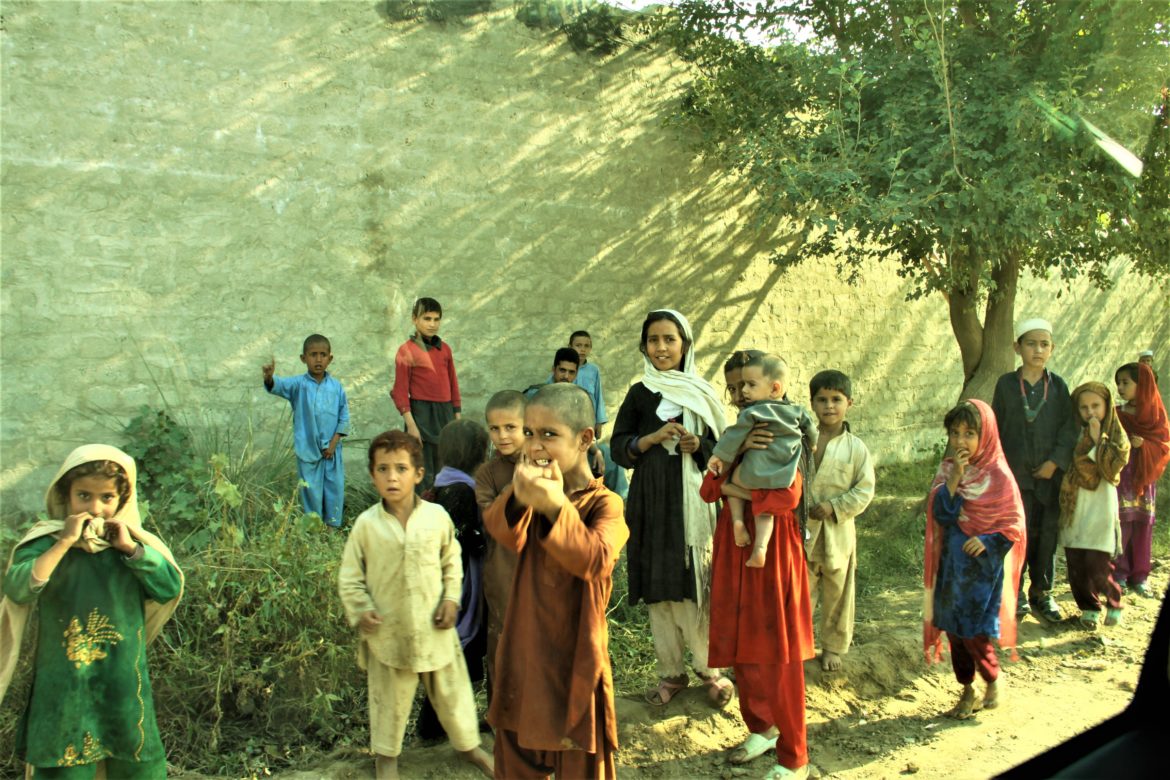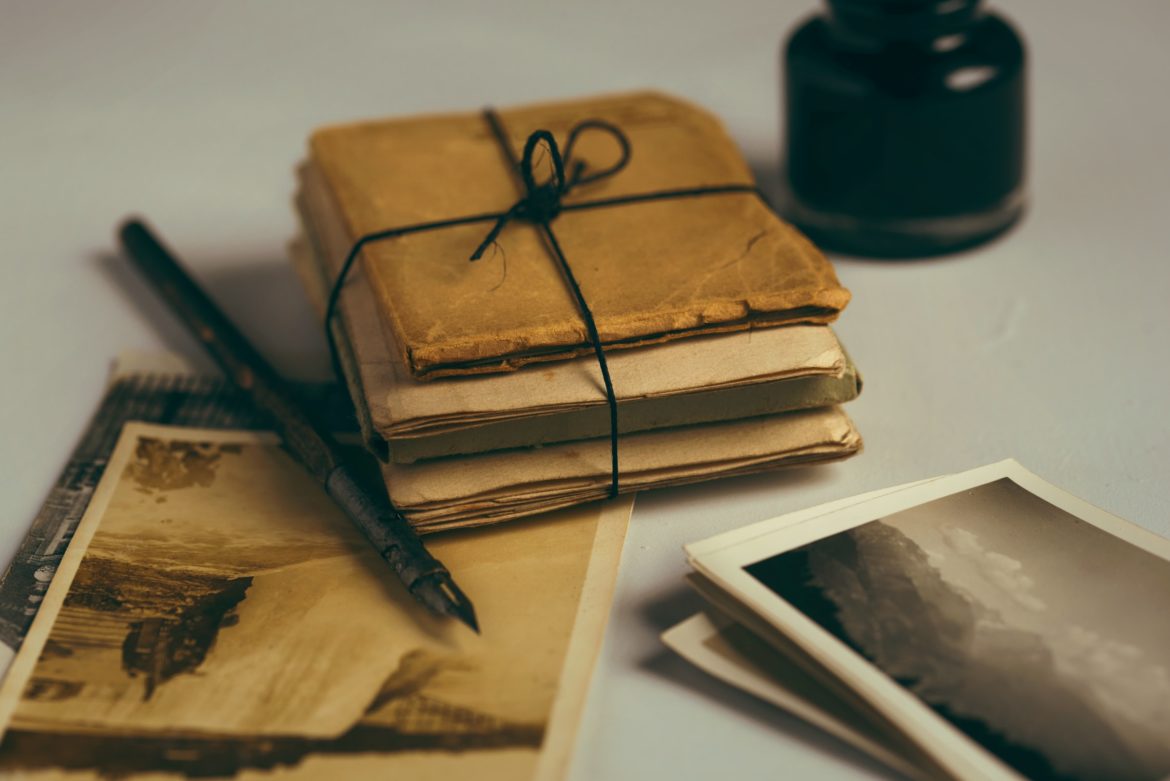Current Issue
I could hardly believe my ears when I heard someone in my hostel wing strumming his guitar and practising singing “Mere Sapnon ki Rani, kab aayegi tu,” that popular song from the movie Aradhana. We were familiar with Jimy’s repertoire of English pop songs but Hindi songs were not his cup of tea. We all gathered near his room to hear him practice and he told us he will be singing this song at the campus festival.
This reminds me of the time we were taking part in a NCC parade opposite the Main Building. Jimy wore his hair long in keeping with the style adopted by pop music singers of that era.
Photograph: H4 fifth year students of Class of ’71 (April, 1971)
Illustration by Rajat Patle
Through times immemorial, art, either in the form of expression or protest, has been an important medium for effecting social change. Whether it is through poetry, film, music, illustrations, etc., art has been used to rally people for social justice and for equality, whether related to religion, caste, gender, sexual orientation or wealth inequity, to name a few. While the methods may have changed from physical representations such as handwritten placards to virtual formats such as social media, the fundamental concept of using art to get your message across has not. In this first issue of Fundamatics this year, we explore how art has been used by some of our alumni to create social change.
Damayanti Bhattacharya provides a good overview of this issue’s theme in “Imagining a Better World”. In “Celebrate New Freedoms in Newly Free India”, Ali Baba, aka Prof. A.Q. Contractor, talks about the denigration of the four pillars of democracy in India, in his usual inimitable tongue-in-cheek style. In the ongoing “The Entrepreneurial Roller Coaster: Kashish”, Sridhar Rangayan talks about the challenges he faced in organizing India’s first LGBTQ+ film festival, Kashish. Yaquta Contractor and Pradnya J explore the use of lines, colors, and patterns in “Art for Arts’s Sake?”.
In “Bridging Biodiversity Conservation and Arts Practice”, Abhisheka Krishnagopal examines the importance of art in biodiversity conservation. We feature poetry by a regular contributor to Fundamatics, V. Sundar in “Authenticty”. In “My Second Home: The Mysterious Aghanistan”, Devashish Dhar talks about his experiences living in war-ravaged Afghanistan, and hopes that art and culture are not banned there again. And finally, illustrations are an important medium to highlight social issues; enjoy some by Prof. Arun Inamdar below!
We hope you enjoy this issue of Fundamatics. Happy New Year, dear readers… may 2022 be better than 2021 in every possible way.
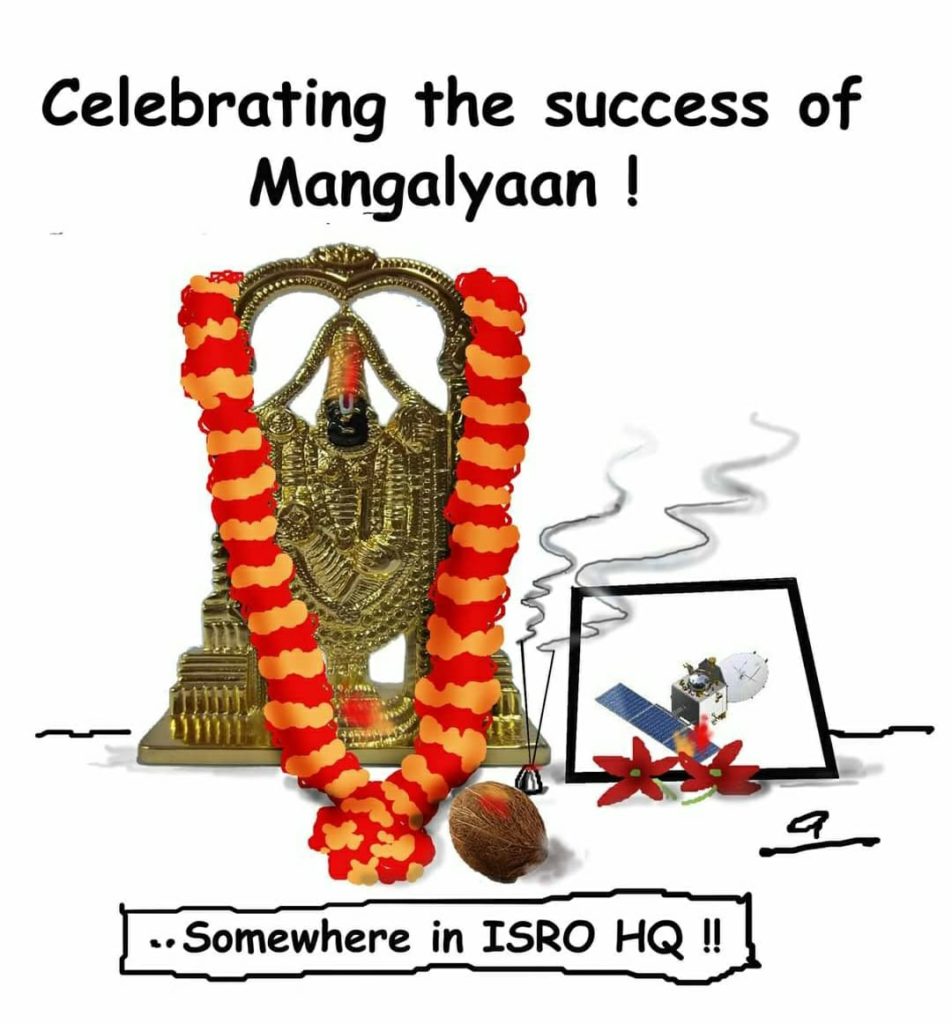

Artwork by Prof. Arun Inamdar


Table of Contents
Authenticity
The girl who delivered milk To the temple on the island Was always late Dependent as she was On the whims of the boatman
My Second Home: The Mysterious Afghanistan
It was 15 August 2021, when India was celebrating its 75th Independence day, at around 2 pm I received a call from my Afghan colleague working for the United Nations in…
Imagining a Better World
We are that last generation that used 25 paise yellow postcards and blue inland letters to write to family and friends and now ‘talk’ via emails, WhatsApp groups and video…
Celebrate New Freedoms in Newly Free New India
It is sad to see some people denigrate New India and its newly found Freedom. Since we believe in evidence based arguments, we will support the call for celebration with…
The Entrepreneurial Roller Coaster: KASHISH
For this edition of Fundamatics, we talked to Sridhar Rangayan, founder of the KASHISH Mumbai International Queer Film Festival, about his experience starting and running the festival for more than a decade.
Art for Art’s Sake?
While art is a ubiquitous tool to express new ideas, push social boundaries and register protest, there is a parallel view that art needs no justification, that it need serve…
Bridging Biodiversity Conservation and Arts Practice
Illustration by Frits Ahlefeldt Biodiversity conservation requires a new kind of approach - a collective approach that is inclusive and equitable in nature. Integrating effective public engagement in conservation action plans,…
Illustration by Pradnya J
To the temple on the island
Was always late
Dependent as she was
On the whims of the boatman
All photographs were clicked by the author.
Photo by Joanna Kosinska on Unsplash
Every generation speaks of the change that they have witnessed but we are a generation that has witnessed more change than most.
